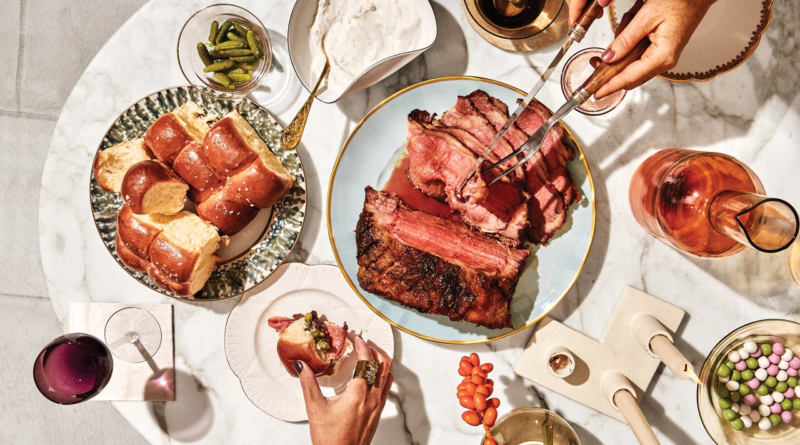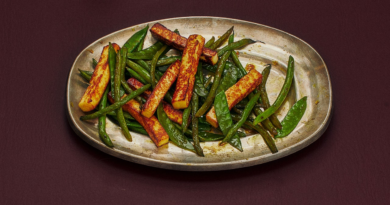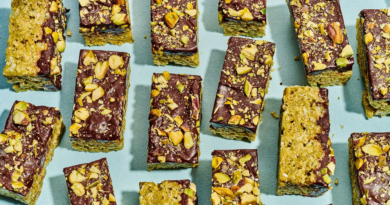Slow Roast Beef
This roast beef recipe has devoted fans. One commenter proclaims: “I’m pretty shy about leaving reviews, but I knew I had to say something about this recipe…. [It’s] probably the best thing I have ever made.” Case closed.
Just kidding, we do have a few more thoughts: While you can make a tender roast beef with myriad cuts of meat (like top round roast, bottom round roast, rump roast, chuck roast…the list goes on), here we call for a strip roast. This boneless cut is to NY strip what prime rib roast is to a rib-eye steak. Strip roasts have the advantage of being slightly more compact with greater surface area. That means you get a better ratio of outer crust to inner meat—and, frankly, they’re a lot more manageable for a home kitchen.
Seasoning is crucial when dealing with a large cut of beef, so plan ahead. You’ll want to salt and pepper the roast and rub it with the rosemary-garlic oil, at least 12 hours before you plan to start cooking. The seasoned roast can rest in the fridge for up to 2 days; the longer you let it go, the better.
This recipe uses a reverse-searing technique: First, you’ll cook the meat in the oven. Setting it on a wire rack, instead of inside a deep roasting pan, allows the heat to circulate more evenly. Meanwhile, using a meat thermometer ensures perfect roast beef, cooked to your ideal level of doneness, despite the long cook time. After it rests you’ll sear the roast on the stovetop in a heavy-bottomed skillet or Dutch oven to develop that mouthwatering crust.
We like this roast served in thin slices for tucking into buttery Parker House rolls with bright cornichons and creamy-kicky horseradish sauce—essentially teeny special-occasion roast beef sandwiches. But you can also use the pan drippings and some beef broth to make gravy if you’d prefer; just don’t forget a side dish like mashed potatoes or Yorkshire pudding to go along with.
Pro-tip: Leftover roast beef makes a killer French dip. Prefer a slow cooker pot roast? We’ve got you.




